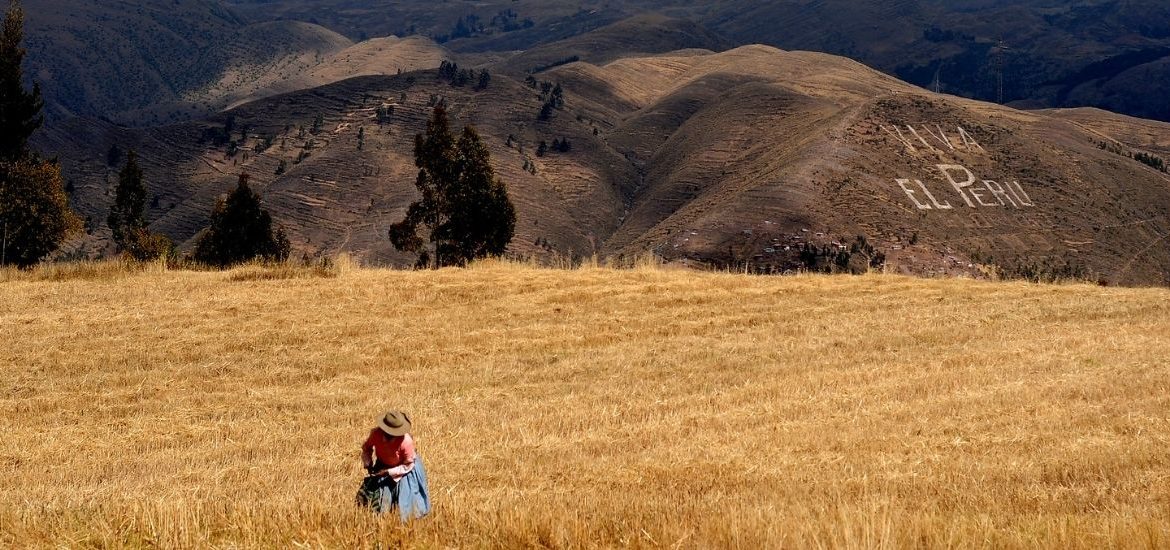Cusco is the main travel destination for most tourists in Peru, not only for housing one of the wonders of the world but also the many things to do there, including cultural experiences, adventure sports and natural wonders.
However, it can be hard to decide what to do among the sea of attractions in the ancient capital of the Incas, so we have gathered some of the non-touristy things to do in Cusco yet unique and impressive that you should include in your itinerary.
Cusco is not all about Machu Picchu, the Inca culture left a prevailing legacy in our lands that will continue on for generations. Besides our pre-Columbian heritage, there are several natural wonders that you should know about and some of them are pretty close to the former capital.
When it comes to the city, it comprises several archeological sites yet unknown to many, even locals. You could also take some routes to the surrounding mountains and forests, which are located only minutes away from the city.
So, to help you plan a great adventure through the Cusqueñan region, here you’ll find some of the most authentic things to do there!
1. Hike to the White Christ of Cusco

While strolling around the Historic Center of Cusco, you’ll notice an enormous white figure at the top of a hill, especially from Plaza de Armas. This religious monument is located at the top of the Pukamuqu hill and represents the figure of Jesuschrist.
This 9-meter statue overlooks the entire city of Cusco and was built in 1945, a gift from the Palestinian Arab community that lived in Cusco during that time. The monument is made of granite covered with marble and plaster and shows Jesuschrist with his arms wide open, just like Christ the Redeemer in Brazil.
The monument serves as a viewpoint of the entire city and is situated next to the Sacsayhuaman Ceremonial Fortress. It only takes about 30 minutes to get there from the San Blas Neighborhood, which is located in the very heart of Cusco’s old town.
You can either take a taxi to it, walk to the top of the mountain or visit it after exploring the Sacsayhuaman Archeological Site. This is definitely one of the perfect ways to improve your acclimatization in Cusco.
2. Explore the Qenqo Chico Forest and Ruins
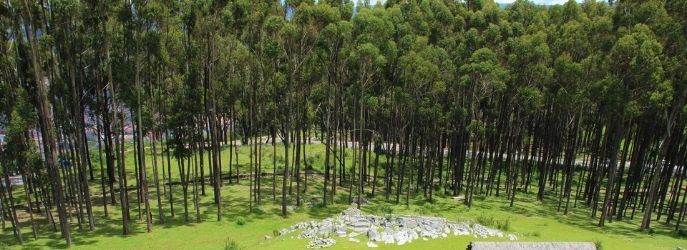
Next to the Qenqo Archeological Site lies another part of this former Inca temple, looming at the city of Cusco. In case you didn’t know, Qenqo was an important ceremonial center for the ancient Quechua culture, where important rituals, sacrifices and mummifications took place.
The site was entirely destroyed by the Spaniards during the colonization process, thereby, information is very limited. Apparently, the site was so important that the colonizers took major effort to destroy it, leaving the remains that stand today.
Next to these Inca ruins lies a beautiful forest, with 15-meter trees just at the top of a mountain that overlooks the entire Imperial City. It is the perfect spot to picnic, do yoga and other activities along with friends and family.
This location is easily accessible from Cusco since it is also located next to the White Christ and Sacsayhuaman. You can either take a taxi to this location or walk from the San Blas neighborhood.
3. Make your way to the Moon Temple
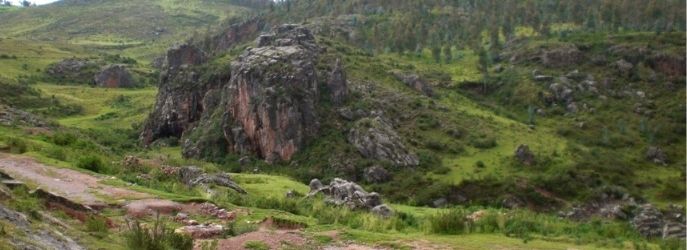
Continuing with the off-the-beaten-track archeological circuit of Cusco, there is a structure located 1 kilometer away from the Qenqo Temple. The Moon Temple is a ceremonial center situated in an enormous rock formation that rises up to 80 meters of height.
According to the excavations carried out on the site, burying areas, agricultural terraces, irrigation channels among others structures were found, indicating that this was an important religious temple for the Inca culture.
The Moon Temple comprises a remarkable finish on its structures along with carvings representing the ‘Andean trinity,’ such as the condor, the cougar and the snake. However, this place must not be confused with the Temple of the Moon in Huayna Picchu mountain since that one is located in Machu Picchu.
You can easily visit it by taking a taxi, walking from the San Blas neighborhood or from Qenqo. The natural setting here is nearly unspoiled, comprising a valley surrounded by towering hills and enormous rocks.
4. Discover the Archeological Site of Inkilltambo
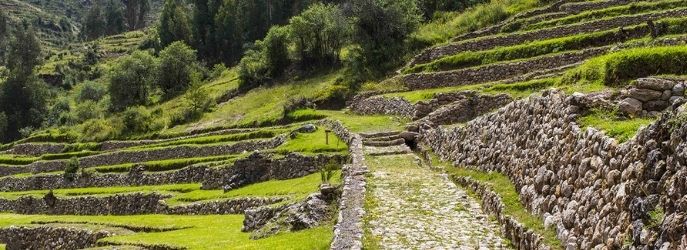
The archeological circuit in the surroundings of Cusco doesn’t end with Templo de la Luna since a couple of kilometers from there lie another important Inca site. Inkilltambo was an agricultural and ceremonial center, thought to be constructed between 1400 and 1438 A.D.
According to chroniclers, the Inca Viracocha was the one who ordered the construction of the site and was later expanded by Pachacutec. The site comprises several temples, precincts, irrigation channels and agricultural terraces.
Currently, Inkilltambo remains as a free tourist attraction and you can easily get there by taxi or following the trail along the Temple of the Moon. It takes about 1.5 hours to get there from this special spot, crossing greenish valleys and rivers throughout the entire route.
This route is undeniably beautiful and can be suitable for an acclimatization hike from Cusco or if you would simply like to walk around, explore and have a nice picnic surrounded by the lush nature of the region.
5. Spot the ancient Inca palaces of the city
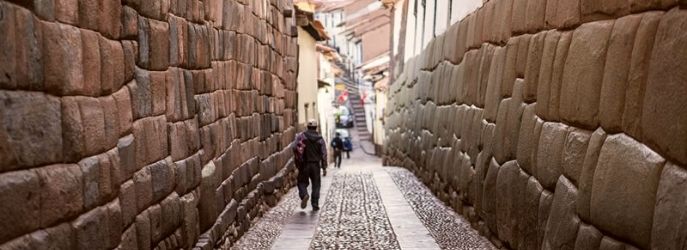
While talking about the Inca Palaces, many people may think of Sacsayhuaman, Tambomachay, and other archeological sites around Cusco. However, what they didn’t know was that they were walking among them since Cusco is not only composed of colonial architecture and stones stolen from the sacred places of the Incas.
Besides, the Imperial City lies underneath most of those constructions. The Inca architecture was characterized for its anti-seismic activity, that somehow withstood centuries of earthquakes unlike some colonial buildings that had to be reconstructed several times.
Here we have listed the most important Inca Palaces with some of the information collected by some historians and archeologists in Peru:
- Qasana
It used to be the former residential palace of Pachacutec, the Inca emperor who ordered the construction of Machu Picchu. Qasana was located in the surrounding area of Plaza de Armas; it had an extension that spread through the Portal de Panes, Tecsecocha, Tigre, Procuradores, and Plateros streets.
After the Spanish conquerors gained control over Cusco, those lands were owned by Francisco Pizarro. However, there’s not much left of the structure except for the foundations of the Inca structure. Nowadays, the site is composed of several restaurants, bars, night clubs, and tourism agencies. - Qoraqora
The Palace was located just next to the Qasana palace, which front faced Plaza de Armas. According to chroniclers, it was constructed for Inca Roca, the sixth Inca ruler of the Empire. After the arrival of the Spanish, the site was assigned to Gonzalo Pizarro.
Colonial residencies were built on top of the remains of the palace, and only its foundations can barely be appreciated. Currently, the area of the site comprehends several touristy establishments, bars, coffee shops, and restaurants. - Kiswar Kancha
According to historians, it was the greatest Inca palace situated in the surroundings of the main square, it belonged to the Inca Wiracocha and was composed of several buildings and courtyards. It was located in the area of the Cathedral of Cusco and the Jesus, Maria, y Jose Temple. Unfortunately, there is nothing left of this structure.
6. Find the best souvenir at San Pedro Market
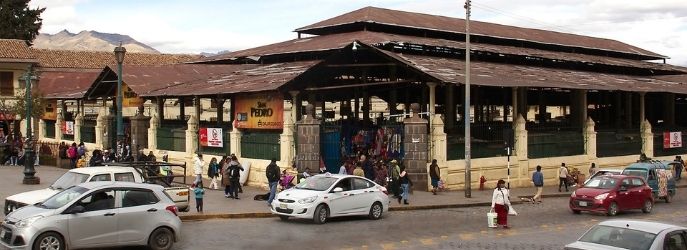
For those looking to get fully immersed in the diverse culture of Cusco, you surely wouldn’t like to miss the chance of visiting one of the most significant local markets in the area.
The San Pedro Market is recognized for its artistic expression, where different artisans gather to sell colorful woven items. However, that’s not all it has to offer since the whole market is divided into several sections where they sell food, juices, vegetables, meat, and many other products.
This special comercial spot in the Historic Center of Cusco was initially designed by Gustave Eiffel, the same architect that envisioned the famous Eiffel Tower. Although its architecture isn’t its main attribute, the Mercado San Pedro is the perfect place to experience the cultural expression of the city.
Likewise, If you’re on the hunt for the best souvenir to take home at an affordable and convenient price, then you’ll certainly find it in this place. Here you’ll have a great variety of decorative items, souvenirs and clothing to choose from.
However, we advise to compare prices first before making a purchase, keep in mind that locals might raise their prices if you look touristy so it’s always fine to haggle.
7. Get to know about our history in the Inca Museum

Casa Almagro is the headquarters of the Inca Museum, owned by the San Antonio de Abad University. The site exhibits the largest pottery collection of the Inca culture, Inca mummies, as well as pre-Inca metal and gold work.
The so-called Admiral’s House dates back to the decade of the 1580, it was home to the Spanish conqueror Diego Almagro and later served as the residence of the Admiral Francisco Aldrete Maldonado, whose family shields are carved on top of the outstanding renaissance main door.
It was the Palace of Huascar, the penultimate emperor of the Tahuantinsuyo. Apparently, the structure was so impressive during the Inca times that they specifically reserved it for Diego Almagro. Unfortunately, there are no more records regarding the Inca ruin, except for some mentions in a few chronicles.
8. Visit the Machu Picchu Museum: Casa Concha
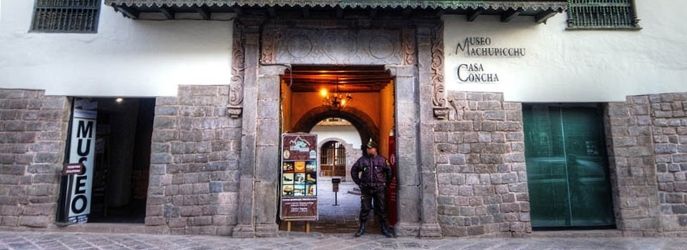
The Machu Picchu Museum offers a glance at how life could have been in the famous citadel of the Incas, though some things have remained a mystery until the current date. The site also holds a collection of colonial art, as well as pieces and sculptures from the virreinal era.
It is a colonial structure built on top of one of the most significant Inca settlements, the palace of Tupac Inca Yupanqui, descendant of Pachacutec. The famous Inca palace was an enormous structure built to be distinguished from the former Inca rulers.
Unfortunately, there is not much information about the Inca remains except for some of the Inca walls that remained as the foundations of the current colonial building we have today.
9. Visit the Huchuy Qosqo Archeological Site
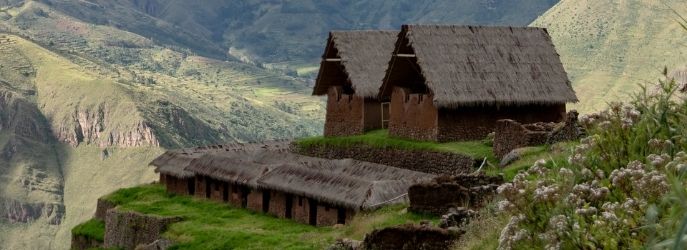
If you’re looking to travel off the beaten track, then you should consider visiting the Huchuy Qosqo Archeological Site, a royal Inca precinct constructed under the order of the Viracocha emperor.
This ancient structure is one of the most well-preserved constructions within the Sacred Valley of the Incas, composed of several small buildings, agricultural terraces and colcas. Huchuy Qosqo was built between 1000 A.D. and 1,400 A.D. and is believed to have had military and administrative purposes due to its proximity to the Pisac Archeological Site.
Unfortunately, part of the structure was destroyed by the Spaniards and according to the chronicler Polo de Ondegardo, the Spanish conqueror Gonzalo Pizarro found the remains of the Inca Viracocha and ordered the burning of the entire site.
The site is located 50 kilometers north of Cusco and there are different ways to get there. Depending on the type of experience you’re looking for, you can choose between a two-day trek starting from Tambomachay, a full day trek or just a regular tour to Huchuy Qosqo.
10. Take a horseback ride through Cusco’s surroundings
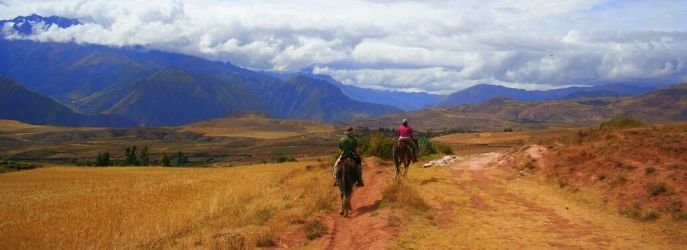
For those looking for a more intimate and special connection with nature, you should take a horseback riding tour through the archeological circuit of the city. That way, you’ll get to experience even more off-the-beaten-track attractions and some of the most visually striking sceneries of the region.
Cusco offers the perfect setting for these types of adventures! Besides, you’ll surely be captivated by the natural landscapes of the region as well as for the extensive cultural expression and history of the place.
Here at Viagens Machu Picchu, we want you to have all the options possible so you can plan the perfect trip to Peru. If you would like assistance, remember that we are just a click away!
For more information about the different things to do in Peru, check our travel packages and start planning your dream vacations with us.

